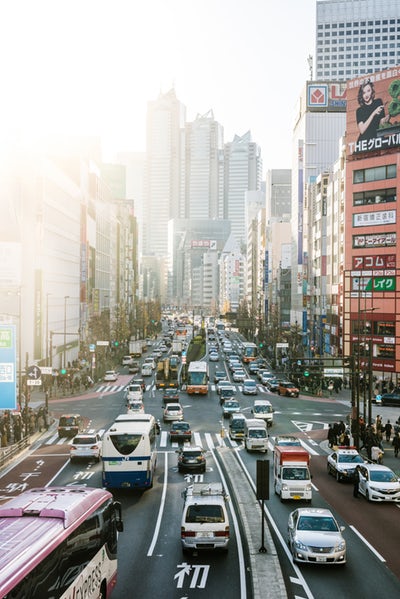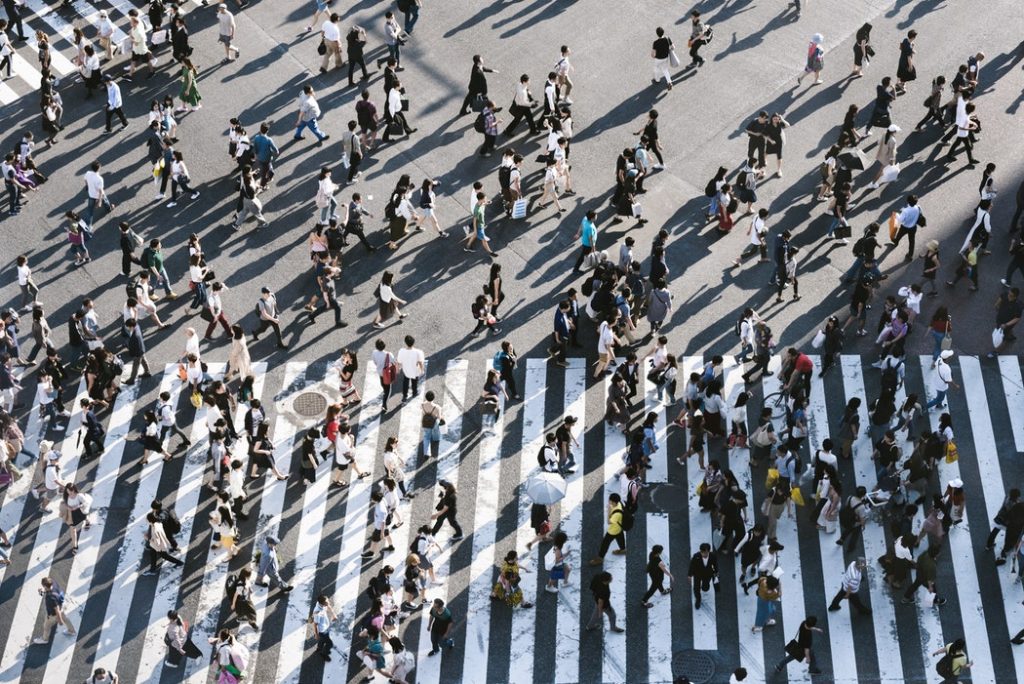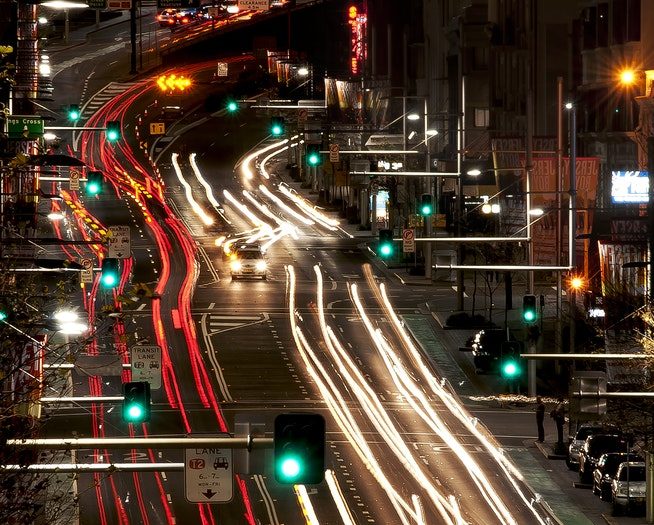WE’VE ALL HEARD HOW travelling a few kilometres per hour faster actually doesn’t save you much time. Of course, it depends just how far you’re travelling, but for your average urban journey, all that angst gets you there only a few seconds earlier than if you’d stuck to the speed limit and taken your time.
Now a Japanese engineer is suggesting that he has discovered the magic wand to solve traffic jams by getting people to drive more slowly.
Professor Katsuhiro Nishinari of University of Tokyo studies the dynamics of traffic jams, a science he has labelled “jamology”.
Speaking at the Transport and Tourism Forum’s Australian Transport Summit in Melbourne, the professor suggested we could learn a lot from how insects scurry to and fro and pointed out that “ants never have traffic jams”.
From his studies, he has discovered that ants generally don’t brake, and it’s the chain reaction of braking that’s the problem. It reminds me of my father-in-law who always fumed that when the lights turned green and he was down the queue, it took time before the car in front of him moved off. It was like a concertina effect.
Professor Nishinari explains, “People are always trying to go fast. When they do, they tend to have less headway between them and the vehicle in front and that is very bad and is where traffic jams occur.” Apparently, he has discovered that ants, unlike humans, always had a constant headway, or distance, between themselves and the ant in front.
“A jam is a kind of wave in the opposite direction to the direction of travel,” he explained. “Waves is the propagation of braking, but if there is headway, the next car does not have to brake as much and these waves are dispersed between the cars.”
So the professor’s radical plan to solve traffic jams is for motorists to take direction from ants and keep a constant gap between themselves and the car ahead. And the gap he suggests is substantial – a full 40 metres or more.
The so-called two-second gap is recommended by many safety bodies but many of us leave less. The two-second gap equates to 34 metres at 60km/h. The lower the speed, the more time is needed to maintain a 40-metre gap.

Professor Nishinari tested his theory on Tokyo’s Shut Expressway, the busiest motorway in Japan.
On this motorway, the traffic banks back around 10km at 4 pm. When the professor asked eight cars to keep headway and move more slowly than the other cars, the difference was remarkable. With just eight cars keeping their distance, the traffic jam was delayed for 40 minutes. If all cars had kept their distance, it is quite possible the traffic jam could have been avoided altogether.
“It’s counterintuitive,” he said. “If we slow down it makes the flow faster. Slower is faster. That’s the jamologist’s big point.”
A similar trial showed the same results in the UK when it was suggested that cutting the top speed on a major UK motorway from 113km/h to 96km/h would ease pollution and smooth traffic flow. The reason is that a lower speed stops the shocks in the traffic flow and creates a smoother overall flow.
It’s a great theory, but whenever I try to leave a gap between myself and the cars ahead, even if it’s the recommended two-second gap, other drivers inevitably see it as an opportunity and cut across in front of me. Making things even worse, recent research in NSW shows that most drivers do not find low-level speeding unacceptable.

According to the professor, the same principle applies to pedestrian traffic.
In crowded cities such as Melbourne and Sydney, footpaths are operating at maximum capacity. The professor suggests splitting footpaths into fast and slow lanes – one for bikes, one for young people and another for the elderly. “This would allow each group to optimise their own path and keep the speeds of the various groups consistent, a key factor in eradicating delays,” he said.
The professor will be putting his theory to the test in the lead-up to the 2020 Olympic Games in Tokyo. Working with Toyota, he will see if it is possible to reduce traffic jams in one of the busiest cities in the world when it will be under even more traffic stress.
Could it work here in Australia? Well, yes, but it would take a major shift in attitude from Australian drivers. And the chances of that happening are extremely unlikely.
